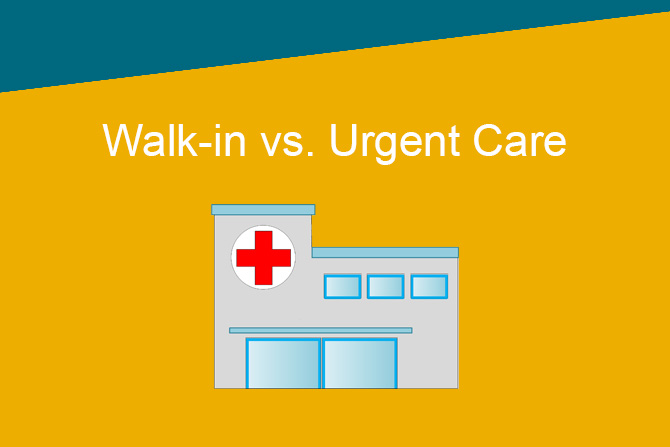In-Network or Out-of-Network: What’s the Difference?
May 22, 2019

There are several details that are very important to understand when it comes to health insurance. One that can have a direct impact on the cost, as well as the quality of care you receive, is a plan’s requirements regarding what’s referred to as “in-network” vs. “out-of-network” care.
The distinction is pretty straightforward, but requires your attention at several stages, including when selecting a health insurance plan as well as when you require care. And it can apply to primary physicians, specialists, hospitals and others.
Advantages of In-Network
In-network health care providers have entered into contracts with a health insurance company primarily in the area of negotiating rates for the services covered by the plan. Those rates, usually favorable, have not been agreed to by out-of-network providers.
Simply put, negotiated rates means that the provider has agreed to reduce its fees for services in order to be included as an approved in-network participant. Also, the insurance company has likely evaluated the providers in its network based on important factors like quality of care, patient service and so on.
The negotiated charge paid to the provider may include a portion from the insurance company and an amount, such as a co-pay or deductible, provided by the patient. With an out-of-network provider, the insurance company still pays the same amount, but the patient is on the hook for the total difference.
Also be aware that while a provider may accept coverage from a given insurance company, that doesn’t necessarily mean they are also actually “in-network”. Make sure to confirm the full status of the provider to avoid an unpleasant surprise.
This in-network and out-of-network distinction generally applies to all the main types of health plans: PPO, POS and HMO. Many health insurance companies make available a list of in-network providers online, so you can check to see if those you typically use (primary physician, pediatrician, oncologist, local hospital, etc.) are on the list. Or you can call the insurance company directly.
An example of a situation where this can be especially significant would be an operation in a hospital or surgery center. There’s no guarantee that all the members of the medical team involved are in-network for you. You can talk to your insurance company if some of them are not and determine whether some kind of arrangement can be made.
Downsides of Out-of-Network
Here are the primary drawbacks of going out-of-network:
- Some health insurance companies may not cover out-of-network care at all.
- Out-of-network care can have an impact on your coinsurance, copays and deductibles compared to in-network care.
- You will lose any negotiated in-network rate discount. But you may be able to do some negotiating on your own.
- Beware of “balance billing” where the insurance company may pay a certain percentage of what it deems a reasonable charge, not the actual charge, with you footing the bill for the rest.
- Your annual out-of-pocket maximums may be different or not applicable to out-of-network care, leaving you potentially without a cap on expenses.
- Going out-of-network can result in a lesser quality of care as well headaches brought on by a lack of communication and coordination between in-network and out-of-network providers.
Know Where You Stand
The message here is to do your homework before committing to an insurance plan. Find out if the service providers you anticipate using are in-network. Avoid going out-of-network whenever possible. If you do have to go out-of-network, make sure you understand exactly what that will entail.
Like anything that can be somewhat complex yet is essential to your health and wellbeing, it’s worth the effort to make sure you’re in a position to get the care you need at the cost you can afford.










